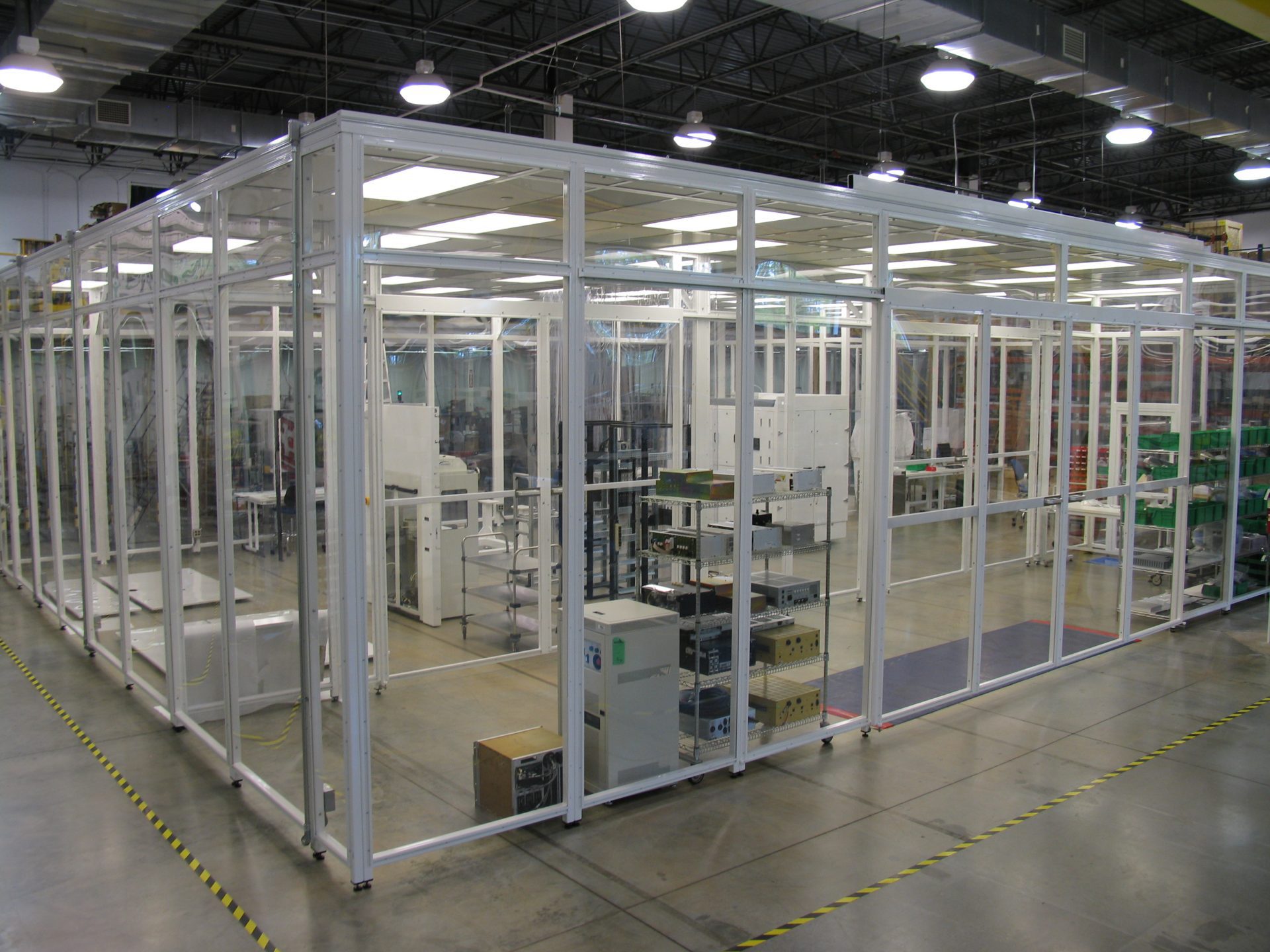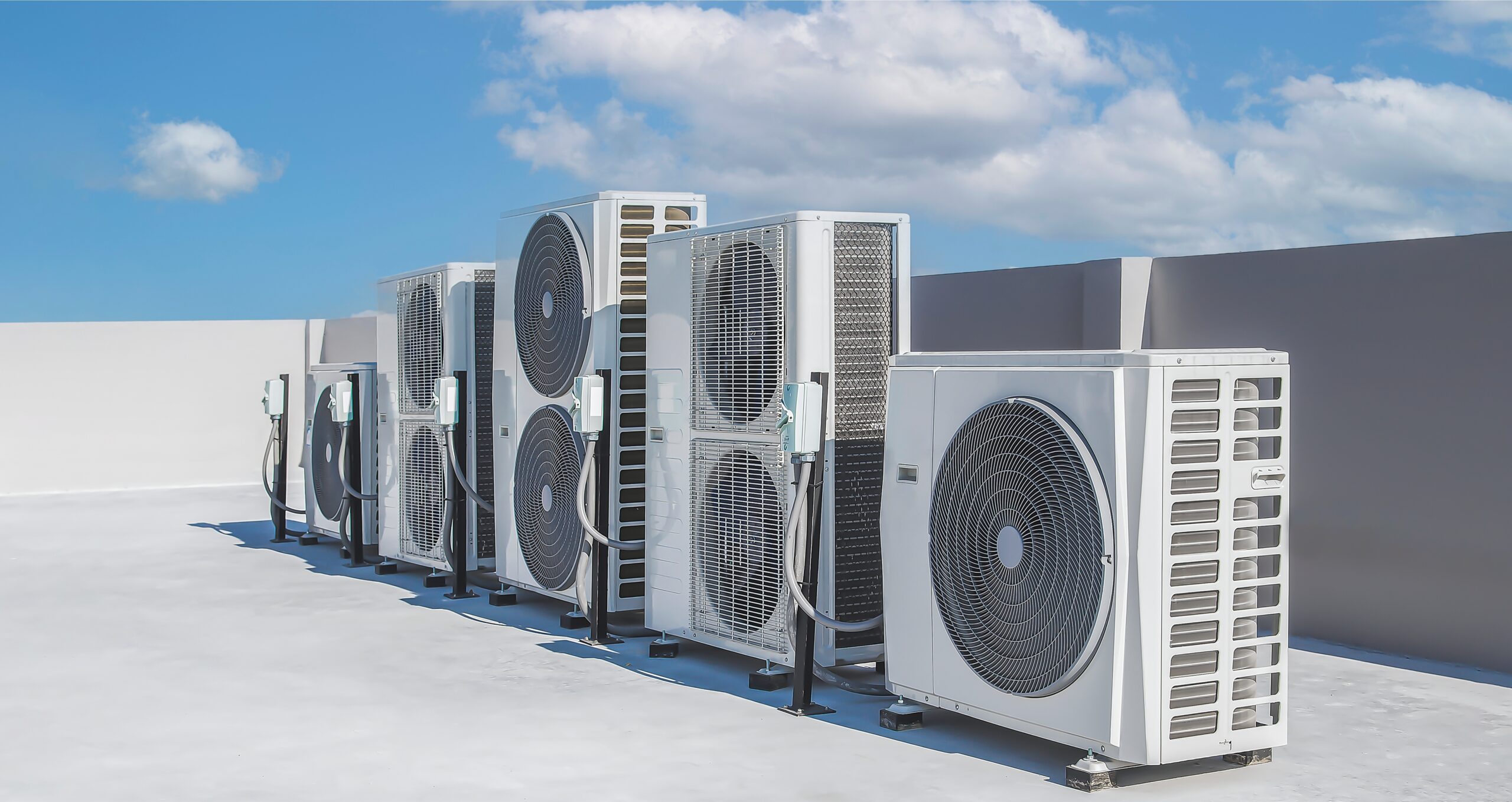
Keller Technology
Background
Keller Technology is a contract manufacturer of medical systems and instruments and United Mechanical is in charge of the Preventive Maintenance program at their Huntersville facility. This particular project was initiated to address humidity, heating and cooling issues that had plagued parts of the building from its inception. The zone control would not respond properly to demands in the individual zones; heavily occupied conference rooms would not get cooling when required and, if they did get the cooling they required, other parts of the building were over- cooled. This was particularly true when some areas of the building required cooling and other areas of the building simultaneously required heat. Additionally, there were insufficient zones in other areas of the building, and rooms with varying load conditions were combined into one zone. To make matters worse, high humidity existed in the building throughout the summer months.
UMC Approach
There were a couple of inherent problems in the initial design of the system set-up. The main office system utilized a changeover bypass Variable Air Volume (VAV) system in conjunction with a 50-ton rooftop unit. Proper deployment of a changeover bypass VAV system with a unit this large is difficult to accomplish because of the challenging requirements of the controls sequence. The high humidity was also not handled by the existing controls sequence.
Results
To begin with, the UMC engineering team went to work to redesign the layout of the temperature zones and ended up adding five (5) new ones to eliminate the mismatched rooms that had been previously combined on one zone. Then, by incorporating a new Controls system, they were able to provide the specialized controls sequence required by the unique nature of the large size unit that had been utilized with the changeover bypass VAV system. The specialized programming also dealt with the unit operation that provided the dehumidification requirements.
Immediately, the occupants at the Keller facility noticed a big difference; the environment was more comfortable and stable. And, as the updated system was designed to move less air and not condition air in spaces where it was not required, energy was being saved at a rate that was surprising even to the Keller GM.

